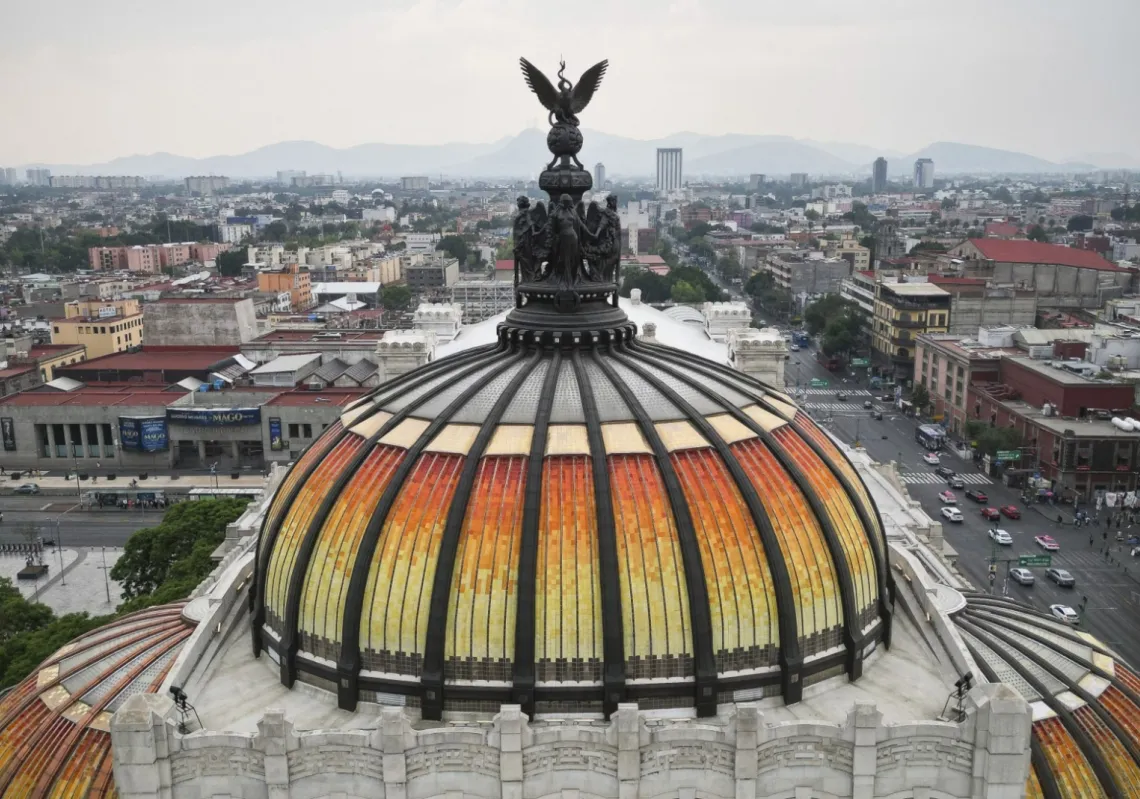In a milestone recognition, Saudi Arabia’s ancient village of Al Faw has been named a UNESCO World Heritage Site, making it the eighth in Saudi Arabia to be featured on the list. The 50 km2 village joins Al-Hijr Archaeological Site, At-Turaif District in ad-Dir'iyah, Historic Jeddah, Rock Art in the Ha'il Region, Al-Ahsa Oasis, Hima Cultural Area, and the 'Uruq Bani Ma'arid Protected Area in Aseer. The addition underscores the country's rich historical and cultural significance, which is awash in ancient landmarks.
Al Faw was first discovered in the early 1940s when various scholars and academics excavated the area. The ancient village's ruins are 100 kilometres south of Wadi Al-Dawasir Governorate and 700 kilometres southwest of the Saudi capital, Riyadh. The village overlooks the northwestern edge of the Empty Quarter desert. Its importance stems from its strategic location on the Najran-Jarha road, which connects the southern Arabian Peninsula to its northeastern regions. This made it a crucial commercial stop for caravans travelling from the kingdoms of Saba, Ma'in, Qataban, Hadhramaut, and Himyar towards Najran and then Al-Faw, Al-Aflaj, and Al-Yamama before continuing eastward to the Gulf or northward to Mesopotamia and the Levant.
In his study, The Archaeological Landscape in Al Faw Village, researcher Ali bin Saeed Al-Zahrani says the village dates back to 500 years BCC and served as a major trade hub and urban centre in the Arabian Peninsula and capital of the Kingdom of Kinda. It connected the Arabian Peninsula with other prominent civilisations in the region. Its still-standing structures tell a story of how this ancient civilisation managed to survive the harsh desert environment.
The rediscovery of Al Faw is credited to the late Saudi archaeologist and historian Abdulrahman Al-Ansari, who spearheaded the excavations of this buried village—a project that spanned nearly 40 years. In his book Qaryat Al Faw Village: A Portrait of Pre-Islamic Arabian Civilisation in Saudi Arabia, Al-Ansari documented the excavation, detailing the cultural significance of each temple, tomb and market he uncovered. He and his team published their research and excavation findings in seven comprehensive volumes that encompass all the archaeological discoveries made at the site.

According to Al-Ansari, the Al Faw area enjoyed special relationships with several southern kingdoms, including Saba, Ma'in, Qataban, Hadhramaut, and Himyar. These connections contributed to the development of Al Faw as a major religious centre in central Arabia.
Skilled in agriculture
According to the General Department of Archaeological Research and Studies in the National Heritage of Saudi Arabia and the College of Tourism and Antiquities at King Saud University, Al Faw’s inhabitants were skilled in agriculture, evidenced by the discovery of 17 large and expansive water wells throughout the village. Situated in a valley that periodically overflows, the villagers dug canals and cultivated palm trees, vines, and grains. They roofed their houses with tree trunks and palm fronds and imported local wood for their doors and windows.
The volumes also confirm that the excavations uncovered a central commercial market consisting of three floors, surrounded by seven storage towers. This structure was built using blocks of limestone and bricks. The excavation stages also revealed several perfume bottles crafted in elegant shapes, highlighting the richness and sophistication of this civilisation.
The are three main types of tombs in Al Faw, two of which are located on its western edge. The first type is the family collective tombs, designated for families and individuals of prominent political and social status in the city. These tombs are characterised by a depth of up to five meters and feature doors on all four sides, leading to circularly carved crypts. The second type is the tombs of the nobility, consisting of two chambers—eastern and western—separated by a descent that facilitates access to the tomb.

These tombs also have steps carved into them to ease movement. The third type is the tombs for the common people, situated to the northeast of the city. These tombs have a depth of one to five meters and end in a closed grave that resembles modern Muslim graves.
The inhabitants of Kinda played a pivotal role in creating one of the greatest civilisations of their era. They constructed palaces in the most exquisite architectural styles and temples from meticulously carved stones, showcasing remarkable craftsmanship that is still evident in their city of Al Faw today. Their excellence extended to clothing, pottery, and ornamentation, while they also fortified their city with secure fortresses and towering structures. In times of war, they wielded traditional weapons. The people of Kinda lived a life steeped in unique culture, preserved in the inscriptions and artefacts that reflect the luxury and sophistication they enjoyed.

Preservation efforts
Exploration of the Al Faw site began in the 1940s, prompted by a visit from a team of Saudi Aramco employees during an oil exploration trip. Their crucial report on the site sparked further interest. Subsequent visits by archaeologists outside the Kingdom uncovered additional findings, leading to intensified excavation activities. A team from King Saud University, headed by Dr. Abdulrahman Al-Ansari, professor of archaeology, led the most prominent of these efforts, conducting extensive research and excavations from 1970 to 2003.
Upon its discovery, the General Authority for Tourism and National Heritage registered the site on the World Heritage List. Additionally, in 2013, the authority signed a memorandum of cooperation with King Saud University to expand the site to approximately 16 km2. This collaboration aimed to fully develop and prepare Al Faw to become a significant historical and tourist landmark.
On 27 July 2022, the Saudi Heritage Commission announced a significant discovery by a Saudi scientific team in collaboration with international experts. This discovery included a stone-built temple, which contained evidence of a designated area for offering sacrifices, along with inscriptions that detailed organised religious teachings for the inhabitants of Al Faw Village.
Some artefacts uncovered by the Heritage Commission were featured at the Saudi Archaeological Masterpieces Through the Ages exhibition in the United States.












